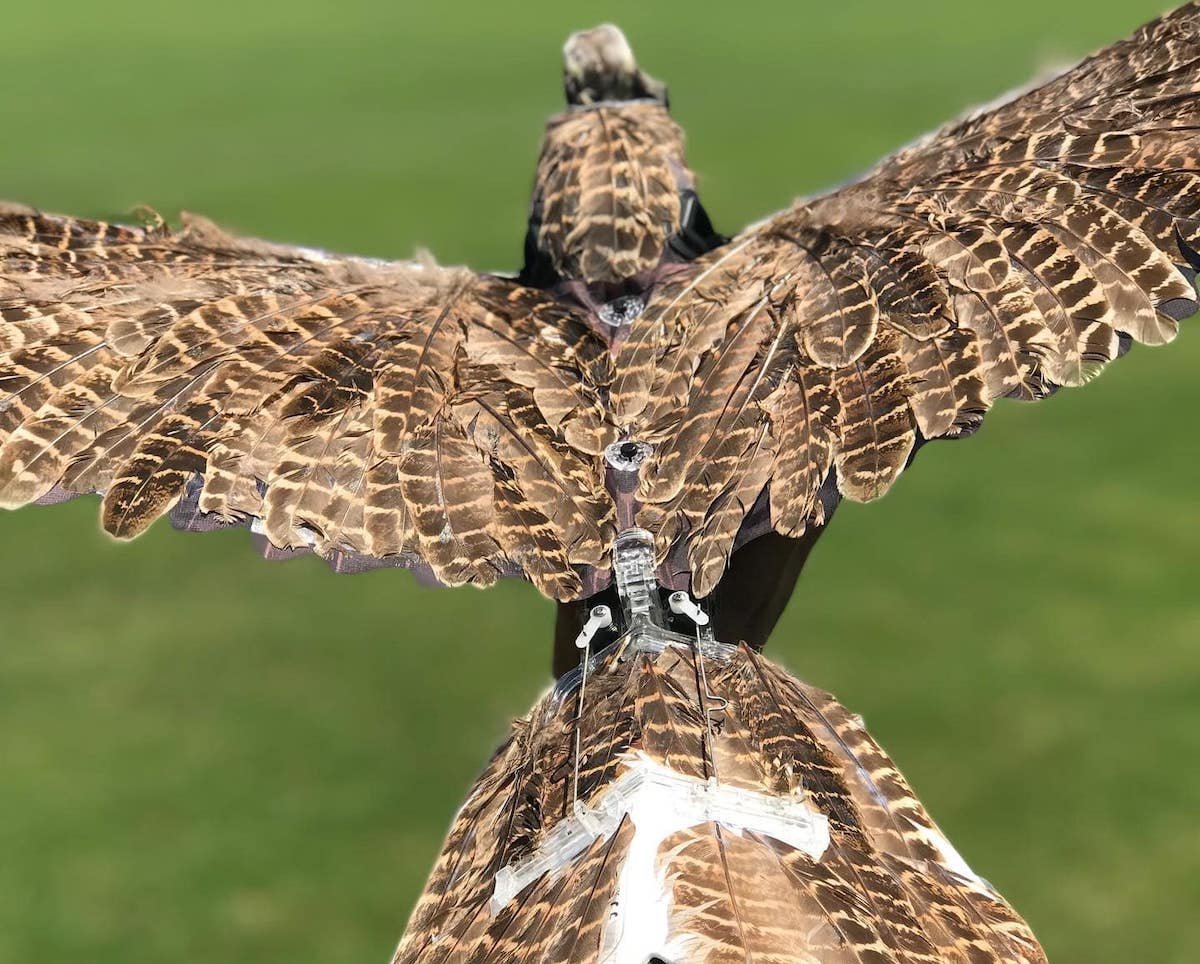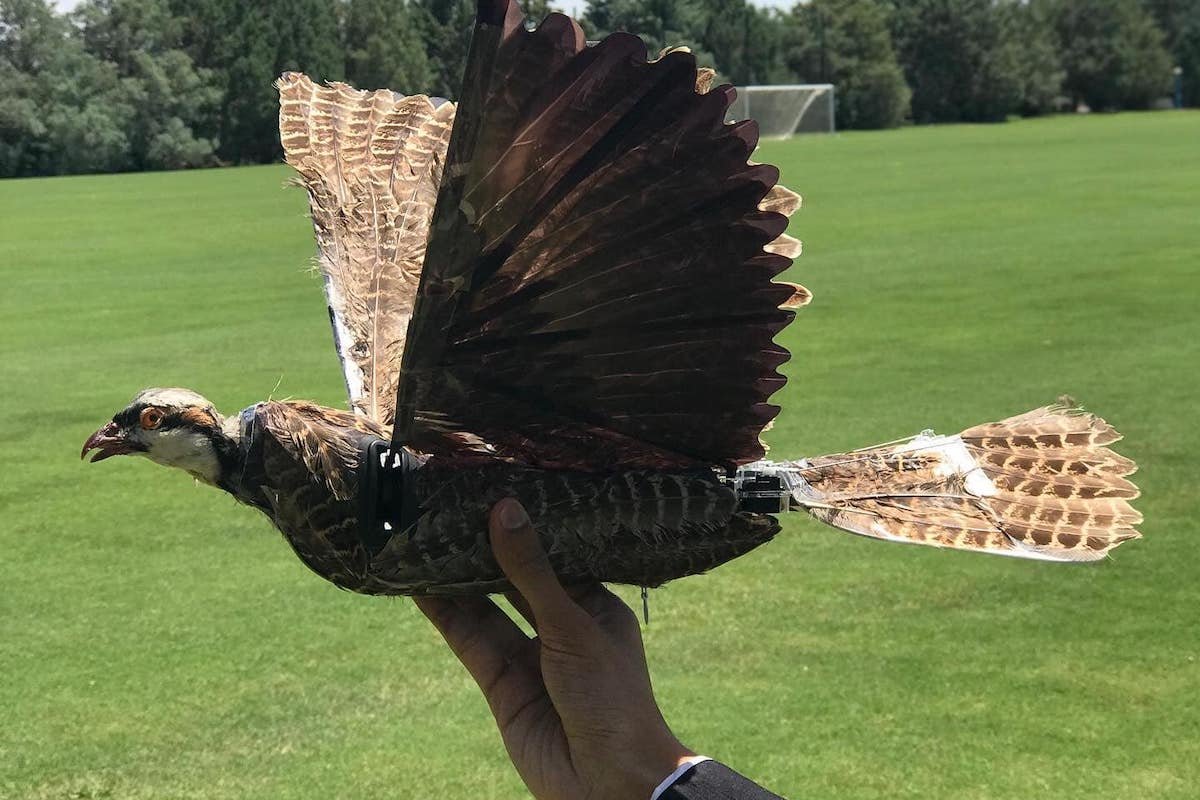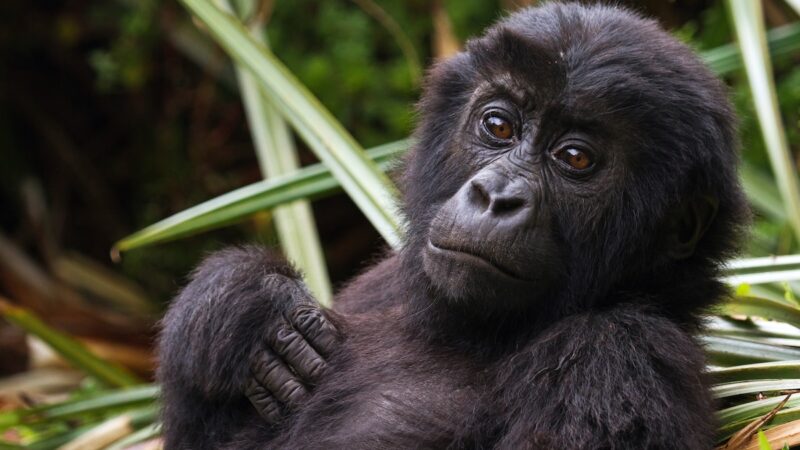Why Taxidermy Birds Are Being Turned Into Drones
You’d think nothing of a bird flapping its wings above you as it circles the sky above. That’s what birds do after all. But this particular bird seems to be lingering — almost like it’s watching you.
And then you remember the podcast you listened to that explained how some birds are really smart. Crows, for example, can remember faces for years. So you chalk it up as just a curious bird and go on about your business.
It’s not until later when you read the charging documents that you learn investigators conducted aerial surveillance before arresting you. You realize what you thought was an innocent bird wasn’t a bird at all.

While this scenario might feel the most familiar — DARPA teased the idea 12 years ago — it’s just one out of hundreds of possible applications, said Dr. Mostafa Hassanalian, an associate professor of mechanical engineering at New Mexico Tech, who has been promoting the tech.
Hassanalian, who has two master’s degrees in flapping-wing drones and has been studying the subject for more than 15 years, said the main application to consider for flapping-wing drones would be wildlife monitoring such as watching a herd or a flock of birds.
In an interview with KRQE, Hassanalian explained researchers currently use quadcopters or hexacopters to watch wildlife, but they produce a lot of noise that could scare the animals away, and they use propeller blades that could hurt the animals if they collide. That’s why he came up with the idea of “bio-drones.”

The process involves adding robotic parts to taxidermy birds. While some have playfully criticized animating stuffed animal carcasses as “creepy,” the reality is mother nature is better at designing birds than humans are.
Through the study of “biomimicry,” Hassanalian wants to create an efficient flapping-wing drone. To the layman, a bird looks like it’s just flapping its wings up and down, but as Hassanalian explained, they’re actually flexing their wings at specific angles so they generate lift and thrust simultaneously.
There are other nuances as well like the rate at which birds flap their wings. Therefore, he needs to reverse-engineer how birds fly and the easiest way to do it is by using bird bones, feathers, and bodies. “If we use artificial material, we cannot get the perfect flapping motion,” Hassanalian said.
While he acknowledges that the most likely application for winged drones will be surveillance of wildlife or military targets, he thinks they could also be used to advance biological research of birds.
He argued a taxidermy bird drone would have an easier time studying migratory birds, which can fly hundreds of miles in a single day. This study could lead to a better understanding of how to make human flight more efficient.
However, videos of flapping-winged drones show them traveling up into the air and then quickly falling toward the ground. It doesn’t appear as if they’re capable of sustained flight.
Source: https://outdoors.com/why-taxidermy-birds-are-being-turned-into-drones/







